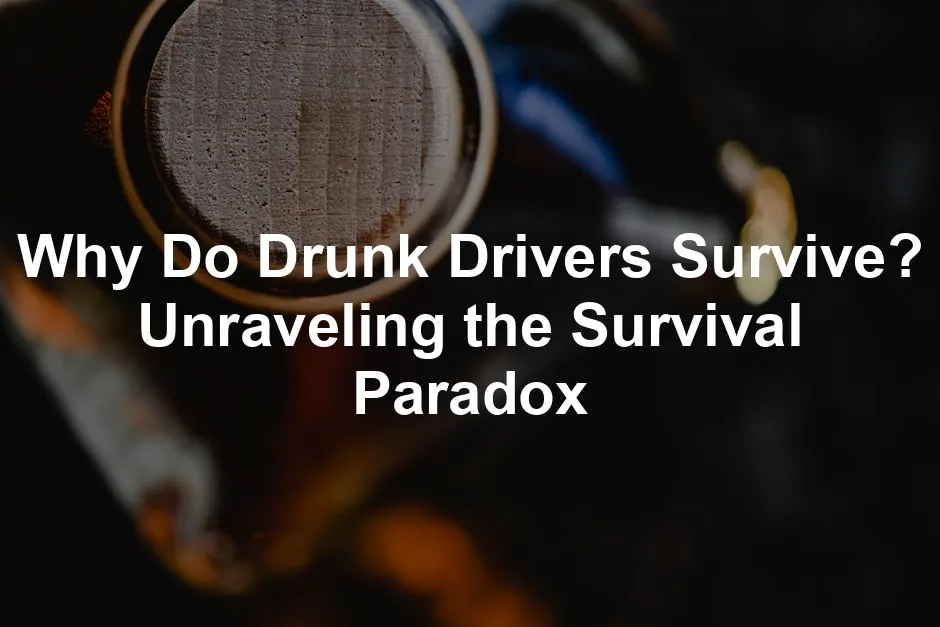
Why Do Drunk Drivers Survive? Unraveling the Survival Paradox
Introduction
In a world where drunk driving is a leading cause of road fatalities, it’s both perplexing and infuriating to discover that many drunk drivers seem to walk away from catastrophic accidents while their sober victims suffer severe injuries or even death. This oddity raises questions: Is it luck, biology, or something else entirely?
Research shows that drunk drivers often survive accidents that can lead to fatal injuries for sober individuals. For instance, studies indicate a significant difference in survival rates. In California, data revealed that only 1% of drunk drivers died in crashes, compared to 7% of sober individuals. This paradox of survival fuels ongoing debates about the dynamics of crashes and the physiological effects of alcohol on the human body.
Alcohol is a depressant, which means it slows down the body’s functions, including reaction times and muscle control. When a drunk driver is involved in a collision, their body may not react in the same way as a sober driver. Instead of bracing for impact, an intoxicated person often remains relaxed, leading to what some experts call the “ragdoll effect.” This relaxation can mitigate injuries during an impact, as tensed muscles can exacerbate injury severity due to sudden deceleration.

And speaking of staying safe on the road, it’s always wise to be prepared for emergencies. A Car Emergency Kit can be a lifesaver, equipping you with essential tools and supplies to handle unexpected situations. Because let’s be honest, nobody wants to be that person stranded on the side of the road without a clue!
The legal implications for drunk drivers are severe, despite their often miraculous survival. They face DUI charges, civil liability for the injuries they cause, and potential imprisonment if fatalities occur. Society grapples with the broader consequences of drunk driving, which devastates families and communities, leaving lasting scars on all involved.
While it might seem like drunk drivers have some sort of protective shield, the reality is far more complex. Investigating this phenomenon requires a closer look at crash dynamics, human biology, and the social ramifications of drunk driving. Prepare for a journey through the strange paradox of survival that can leave families shattered and communities in mourning. The intricacies of this issue are not just about survival; they encompass questions of responsibility, safety, and the urgent need for prevention.
Understanding why drunk drivers survive more often than sober individuals sheds light on deeper societal issues. It reveals the need for increased awareness, tougher legal consequences, and support systems that prioritize road safety. This exploration aims to illuminate the factors contributing to this unsettling reality, encouraging discussions and actions that might help reduce these tragic occurrences in the future.
The Science Behind Drunk Driver Survival
How Alcohol Affects the Body
Alcohol is a depressant. It slows down the body’s functions. This includes motor skills and reaction times. Intoxicated drivers often fail to respond quickly during critical moments. They might not even realize an accident is about to happen. Instead of acting, they remain relaxed. This relaxation may seem counterintuitive, but it plays a crucial role in their survival.
When a sober person senses an imminent crash, they instinctively brace for impact. They tense up, gripping the steering wheel and preparing for the worst. This muscle tension can be a double-edged sword. It often exacerbates injuries. Tensed muscles are less able to absorb the shock of a collision. In contrast, drunk drivers, who are less likely to brace themselves, may experience fewer and less severe injuries. Their relaxed muscles can distribute the force of impact more evenly, reducing the likelihood of severe trauma.
Imagine a ragdoll. When thrown, it flops and absorbs the impact without much harm. That’s similar to how a relaxed body behaves during a crash. The lack of muscle tension allows the body to “go with the flow” of the accident. This odd advantage might explain why we see drunk drivers walking away from horrific scenes while sober passengers suffer grave consequences.
The Ragdoll Effect
The “ragdoll effect” is a fascinating concept in crash dynamics. This theory suggests that intoxicated individuals do not brace for impact. Their bodies remain pliable and relaxed, which can mitigate injuries. Studies support this theory, indicating that drunk drivers often sustain less severe injuries than sober individuals in similar accidents.
Research has shown that, during a crash, the human body experiences three distinct impacts. First, the vehicle collides with an object. Second, the occupant’s body strikes the interior of the vehicle. Lastly, the internal organs collide with the body’s interior. Sober individuals, who tense up in anticipation of impact, may suffer more severe injuries in these second and third impacts. In contrast, the relaxed state of a drunk driver allows for a more distributed force, reducing injury severity.
Experts in the medical field have noted this phenomenon. A study revealed that drunk drivers had a lower fatality rate than sober drivers involved in similar crashes. This intriguing finding has sparked discussions about the physiological implications of alcohol consumption during accidents. While it is no excuse for drunk driving, understanding this effect sheds light on the complex dynamics of car crashes.
Crash Dynamics and Impact Mechanics
Understanding the mechanics of a crash is essential. Each collision consists of three impact phases:
- Vehicle impact with an object: The car strikes another vehicle or an immovable object.
- Occupant collision with the interior of the vehicle: The driver or passengers hit the dashboard, steering wheel, or windows.
- Internal organ collision within the body: Organs collide with the body’s internal structures, leading to potential damage.
The severity of injuries largely depends on how the body absorbs these impacts. Sober drivers tend to brace themselves, tightening their muscles. This increased tension can lead to more severe injuries because the body cannot effectively dissipate the forces involved in the crash.
Conversely, drunk drivers might not brace for impact. Their relaxed state allows for a more gradual deceleration. This can reduce the concentrated forces acting upon their bodies. As a result, they may escape with minor injuries, while others involved in the crash face significant harm.

In summary, the combination of alcohol’s depressant effects and the resulting relaxed state contributes to the survival rates of drunk drivers. While this may seem like a bizarre twist of fate, it highlights the dangers of impaired driving. Understanding these dynamics reinforces the importance of road safety and the need for continued efforts to prevent drunk driving incidents.
Statistical Evidence and Case Studies
Review of Key Studies
The survival rates of drunk drivers compared to sober drivers have intrigued researchers for decades. A study from California noted that only 1% of drunk drivers died in crashes, while the fatality rate for sober individuals reached 7%. This stark contrast reveals a significant survival paradox. The National Highway Traffic Safety Administration (NHTSA) also supports this notion, indicating that thousands of individuals, including intoxicated drivers, perish in alcohol-related accidents each year. In 2020, for instance, 11,654 lives were lost due to drunk driving, translating to about 32 deaths daily.
Interestingly, a 2004-2008 study of patients at a California hospital confirmed that drunk drivers had a 65% higher chance of survival than their sober counterparts. Research revealed that the physiological effects of alcohol play a critical role. Alcohol depresses the central nervous system, leading to muscle relaxation during collisions. This relaxation may prevent the driver from bracing for impact, which can often lead to more severe injuries.
Experts point out that intoxicated drivers typically sustain fewer and less severe injuries. For example, findings from a study conducted by LA physicians revealed that 9.7% of sober patients died from head injuries, compared to 7.7% of drunk patients. These statistics raise important questions about the dynamics of car crashes and the implications of alcohol consumption on survival outcomes.
And if you’re wondering how to keep your vehicle organized and ready for emergencies, consider investing in a Car Organization System. A well-organized car can help you find what you need in a pinch, making your life easier and your drives more enjoyable!
The myth that drunk drivers are invulnerable has been challenged by conflicting studies over the decades. While early research suggested drunk drivers were less likely to suffer critical injuries, more recent findings indicate a higher fatality rate among these drivers. This evolving understanding emphasizes the need for continued research and education about the dangers of drunk driving.
Real-Life Examples
Real-life anecdotes from first responders add depth to the statistical evidence. Many emergency medical personnel recall attending scenes where intoxicated drivers emerged with minimal injuries, while sober passengers suffered catastrophic outcomes. One paramedic recalled a particularly gruesome accident where a drunk driver exhibited nothing more than a bloody nose, while the sober victim lay lifeless nearby. These observations spark frustration and sadness, as lives are irrevocably changed due to the choices of the intoxicated driver.
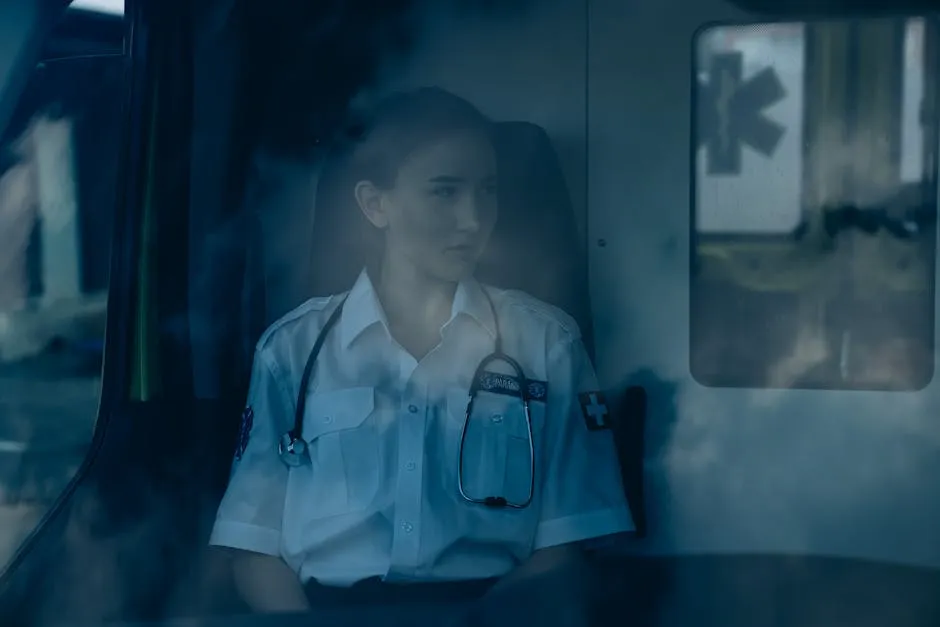
A notable case involved a popular DJ in Chicago who crashed while driving under the influence. Despite traveling over 90 MPH and resulting in the death of a mother, the driver survived with serious but non-fatal injuries. This incident underscores the unsettling reality of drunk driving collisions. Medical personnel often witness this phenomenon, leading to questions about the protective effects of alcohol during traumatic events.
Kaitlin McLoone, a medevac nurse, emphasizes that intoxicated individuals often do not brace for impact due to their impaired perception. This lack of preparation can lead to less severe injuries compared to their sober counterparts. First responders frequently highlight the contrast between the two groups, noting how muscle tension in sober individuals can exacerbate the severity of injuries sustained during a crash.
A statement from a Westchester Medical Center trauma nurse reveals that intoxicated patients often lack awareness of their actions, leaving them vulnerable during collisions. This lack of anticipation can prevent the typical bracing reactions that sober individuals exhibit. The emotional toll on families and communities affected by these tragedies is profound, with lasting consequences that ripple throughout their lives.
These real-life examples, combined with statistical evidence, paint a compelling picture of the survival rates of drunk drivers. While these drivers may escape with their lives, the implications of their actions extend far beyond their own injuries. Families are left to grapple with loss, and communities bear the weight of the consequences. Understanding the factors that contribute to this survival paradox is essential in addressing the broader issues surrounding drunk driving and its devastating effects on society.
Legal Implications for Drunk Drivers
Criminal Consequences
Drunk driving is not just a poor choice; it’s a legal minefield. When a driver gets behind the wheel after drinking, they’re opening a Pandora’s box of potential consequences. The most common charge is Driving Under the Influence (DUI), which can lead to various penalties. These include hefty fines, mandatory alcohol education programs, and, in many cases, a suspended or revoked license.
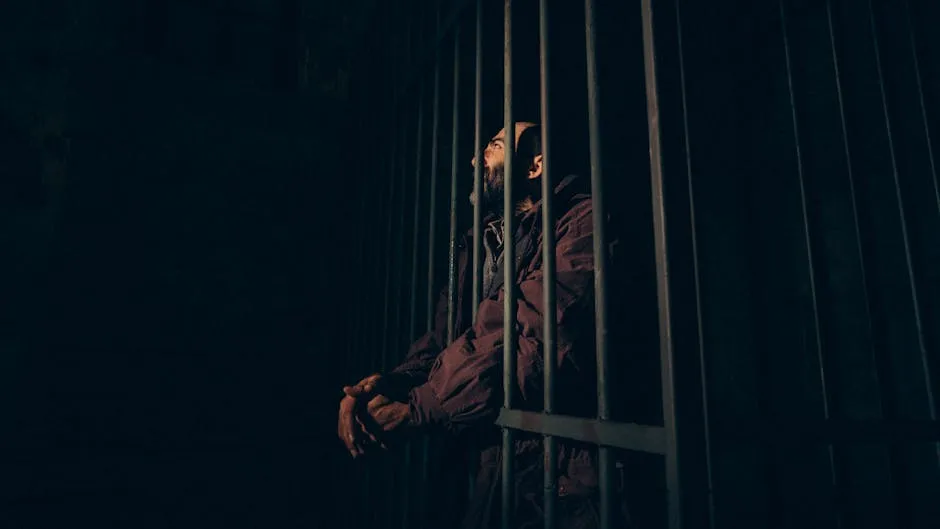
For repeat offenders, the stakes get even higher. Penalties escalate significantly, potentially leading to felony charges. This could result in prison sentences that range from several months to multiple years. In some states, a DUI resulting in injury or death can lead to vehicular manslaughter charges, carrying even harsher penalties. Courts take these offenses seriously, and the consequences can disrupt lives, careers, and even families.
In addition to legal penalties, drunk drivers often face civil repercussions as well. Insurance premiums skyrocket, and they may find it challenging to obtain coverage in the future. Imagine trying to explain that to your insurance agent! The legal system doesn’t play around, and the consequences can haunt a drunk driver long after the incident.
Civil Liability
Drunk drivers don’t just face criminal charges; they also bear civil liability for the damage they cause. If a drunk driver injures someone, the victims can pursue a personal injury claim against them. This includes a range of damages such as medical expenses, lost wages, and pain and suffering. It’s not just about the physical injuries; it’s also about the emotional toll that these incidents can take on victims and their families.

In tragic cases where a drunk driver causes death, families can file wrongful death claims. These claims aim to compensate for lost income, funeral expenses, and the emotional suffering of surviving family members. The legal process can provide a sense of justice for those left behind, helping them navigate the tumultuous aftermath of such incidents.
The emotional toll on victims and their families can be immense. Losing a loved one or witnessing a family member suffer due to someone’s reckless decision can leave lasting scars. The legal system acknowledges these hardships, allowing families to seek justice and compensation for their losses. It’s a way for the law to say, “This isn’t just an accident; this was a preventable tragedy.”
Preventative Measures
Society has recognized the need for action against drunk driving, leading to a variety of preventative measures. One of the most visible is the implementation of sobriety checkpoints. These checkpoints serve as a deterrent, reminding drivers that law enforcement is actively looking for impaired drivers. They also provide an opportunity for officers to assess drivers’ sobriety levels.
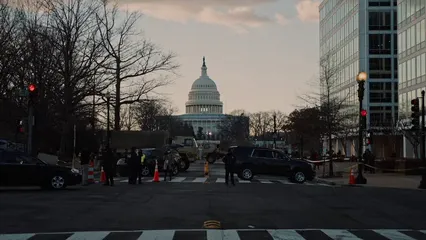
Another important tool in the fight against drunk driving is the ignition interlock device. This device requires drivers to pass a breathalyzer test before starting their vehicles. For those convicted of DUI, these devices serve as a reminder of their past mistakes and help prevent future occurrences. They can be a lifesaver—not just for the driver but for everyone on the road.
And if you’re looking for a handy gadget to keep track of your sobriety, a Breathalyzer Keychain can be a great companion. It’s portable, discreet, and might just save you from a regrettable decision!
States are also ramping up public awareness campaigns, emphasizing the dangers of drunk driving. These campaigns aim to educate people about the risks and consequences of impaired driving. They remind us that a night out can quickly turn into a nightmare for everyone involved.
In conclusion, the legal implications for drunk drivers are substantial and far-reaching. From criminal charges to civil liabilities, the consequences of driving under the influence can alter lives in an instant. The legal system aims to hold individuals accountable for their choices, while preventative measures strive to reduce the occurrence of these tragic events. Raising awareness and enforcing stringent laws can help pave the way for safer roads for everyone.
Broader Societal Impact
The Ripple Effect of Drunk Driving
Drunk driving doesn’t just harm individuals; it sends shockwaves through families and communities. Picture this: a family gathers for a holiday, only to find that one member is missing forever due to a drunk driving accident. The emotional trauma is profound. Survivors of crashes may grapple with anxiety, depression, or PTSD. This is not merely an individual struggle; families become fractured, and communities are left to pick up the pieces.
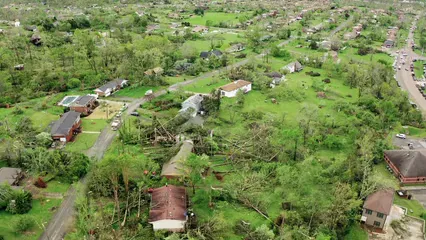
Consider the children who lose parents or siblings. Their lives change forever, often leading to long-term psychological issues. Families endure not just the loss, but the financial burden that comes with medical bills and funeral expenses. The ripple effect touches schools, workplaces, and social circles. Friends and relatives feel the pain, and community trust erodes.
Moreover, first responders witness the aftermath firsthand. They see the destruction and heartbreak. Their jobs become more than a duty; they become a calling. Each call to an accident scene is a reminder of the real human cost of drunk driving. This cycle of trauma, loss, and despair is not just a statistic; it’s a reality that clings like fog to our communities.
Public Awareness and Prevention Strategies
To combat the scourge of drunk driving, awareness is crucial. Initiatives aimed at educating the public about the dangers are vital. Campaigns like “Drive Sober or Get Pulled Over” aim to change perceptions and behaviors. They emphasize the importance of planning ahead—designating a sober driver, using rideshare apps, or simply staying put if you’ve had a drink.
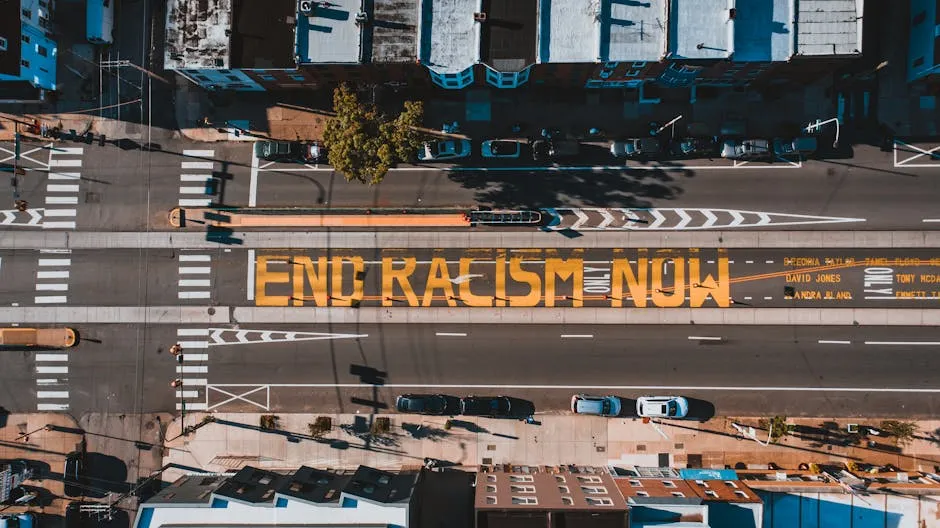
Communities can implement local strategies, such as sobriety checkpoints and educational programs in schools. Engaging young people early is essential. When they understand the risks and consequences, they are less likely to make reckless choices.
Individuals can also take action. Encourage friends to be responsible. Challenge one another during nights out. If you see someone about to drive after drinking, intervene. You might save a life—maybe even your own.
And let’s not forget about safety on the road. A Reflective Safety Vest is a great way to ensure visibility during roadside emergencies. You never know when you might need to step out of your vehicle, and being seen can make all the difference!
The road to reducing drunk driving incidents is long and winding. However, with community support and individual responsibility, we can shift the narrative. Prevention is everyone’s responsibility, and it begins with awareness and proactive measures. Together, we can create safer roads for all.
Conclusion
In conclusion, the survival of drunk drivers in fatal accidents is a multifaceted issue rooted in biology, psychology, and societal implications. While the physiological effects of alcohol may contribute to a higher survival rate, the consequences of drunk driving extend far beyond the individual, impacting families and communities. It is essential to foster a culture of responsibility and awareness surrounding the dangers of impaired driving to prevent further tragedies on our roads.

Understanding this complex interplay is vital. Each statistic represents a life altered or lost. Families are torn apart, and communities bear the scars of these preventable tragedies. Public awareness and proactive prevention strategies are our best defenses. We need a collective commitment to change the narrative surrounding drunk driving. No one should have to endure the pain caused by an impaired driver.
By prioritizing education and responsibility, we can hope for safer roads. Together, we can strive to reduce the heartbreaking statistics associated with drunk driving. The road ahead is challenging, but with determination, we can make a significant impact, ensuring that fewer families face the devastating aftermath of drunk driving accidents.
Please let us know what you think about our content by leaving a comment down below!
Thank you for reading till here 🙂
And before you go, don’t forget to stock up on essentials for your travels! A First Aid Kit for Vehicles is a must-have for any road trip. Because when it comes to safety, it’s better to be prepared than to be sorry!
All images from Pexels




